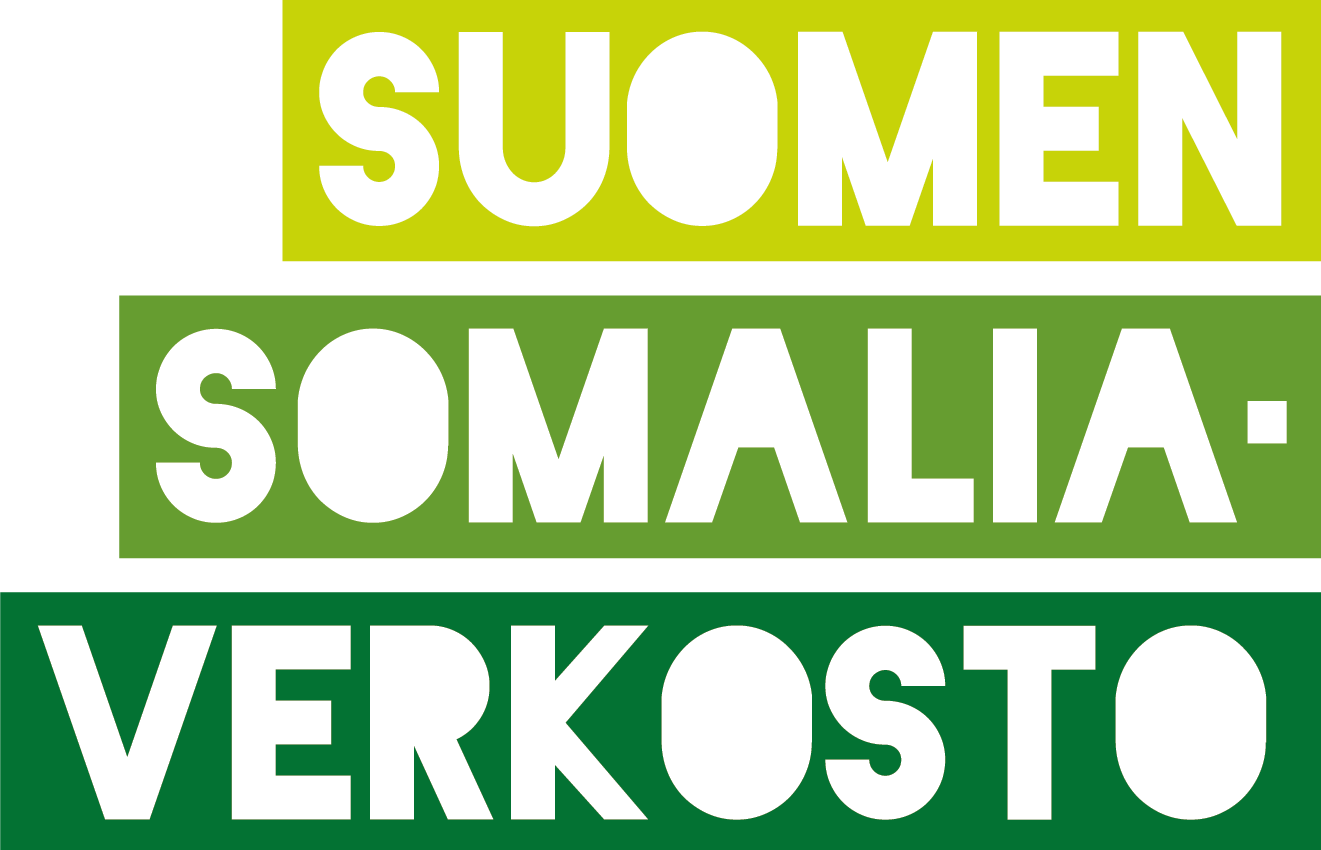
Towards a more sustainable use of resources; stopping deforestation slows down desertification
The ecosystem of the Horn of Africa is extremely vulnerable. Improvements are being made by promoting agroforestry, planting trees in areas that are suffering from deforestation and raising awareness on environmental issues.
Sahansaho means the moment just before the rains. That moment when the air smells good and everyone knows that the drought is about to end.
People and animals are used to living with varying seasons of rain and drought for thousands of years, but climate change, excessive grazing and deforestation have made it impossible for people to get their livelihood from cattle herding.
“People are hopeful although it hasn’t rained for two years. Animals gnaw at trees and bushes, at least there is still something to eat.”‘
Olavi Luukkanen, VITRI
Reigns on charcoal trading
The decades-long conflict has destroyed the environment and wild animals have fled to neighbouring countries. In many areas, people have also had to leave their homes and make their lives as either internally displaced people or refugees outside of the country.
A joint project called Sahansaho started in the beginning of the year 2012 by the funding provided by the Ministry for Foreign Affairs of Finland.
The objective of Sahansaho project is to improve sustainable use of soil and water and to decrease the pressure towards the vegetation by planting new trees in the areas that are suffering from drought and deforestation. Information is provided on ways to cook food with less firewood.

Thus, an important project activity along with planting trees is distributing energy-saving stoves. They are hoped to become part of the solution to the very significant environmental problem of cutting trees for making charcoal. Alternative income sources for charcoal sellers are being sought; for example making metal stoves.
In the course of the project, similar environmental centers have been set up as in the Ramaad joint project. The goal is to develop them as areal hubs. In the centers, tree seedlings are being cultivated, training is provided and tree saplings are being grown.
Agroforestry to the rescue
Agroforestry is promoted in the project. Agroforestry is a cultivation system in which crops and trees are being grown in the same areas.
In dry and erosion-prone areas, agroforestry helps to curb erosion and revives the fertility of the soil. It makes it possible to cultivate edible plants. Bushes, hay and grass grow better in the trees’ shadows.
In a country where cattle herding is the primary industry, agroforestry is extremely important as all the animal feed comes from the trees and bushes.

Project bears fruit
Although the project areas have suffered from serious drought, the sapling nurseries are still working and results can be seen. The amount and variety of species has increased in the project areas and so has the environmental awareness of the people.
Dozens of volunteers work as environmental ambassadors, visit local schools and distribute information. Hundreds of wood-saving stoves have been given to families. Soil quality has improved in the project areas and grass is being grown with traditional methods.
In the long run, the well-being of the environment supports peace and diminishes poverty. Regional authorities, schools, religious leaders and civil society work together. Cooperation diminishes prejudice towards people coming from different parts of the country.
In addition to environmental protection, both of our environmental projects aim to the capacity building of our partner organizations. Means to achieve this are trainings on project and financial management, networking and increasing cooperation between different actors within and between project areas.
Strong and independent non-governmental organizations strengthen the civil society. Strong civil society organizations will be part of developing a more stable and prosperous region.
What?
Prevention of deforestation and desertification by planting trees and ground rehabilitation. Water is being stored and agroforestry, which is necessary in dry areas, is being promoted. Sahansaho is the first project of the Finnish Somalia Network. In addition to Sahansaho, the Network has another environmental project, Ramaad.
Where?
In Adado, Buhodle and Galkayo.
When?
The Sahansaho project started in 2012 and it is planned to last for ten years. Currently the project runs for its final project phase of 2019–2022.
For whom?
Immediate beneficiaries are the 5 000 households in the project areas. In the long run, approximately 350 000 will benefit from the improved state of the environment.
With whom?
The Sahansaho project is administered and coordinated by the Finnish Somalia Network, and it has three local partners and three partner NGOs in Finland.
The partners in Finland are: Puntland Community (PC), Sool, Sanaag and Hawd Development Association (SSHDA) and Somali Social Development Association (SSDA).
The local partners are: Homboboro Relief and Rehabilitation Organization (HRRO), Nomadic Development Organization (NDO) and Tanaad Relief and Development Organization (TARDO)
The Network also collaborates closely with The Viikki Tropical Resources Institute (VITRI).
More information:
Maiju Korpela
Project Manager, development cooperation
Hiil Hooyo, Sahansaho and Ramaad Projects
+358 44 777 9522
maiju.korpela (at) somaliaverkosto.fi
